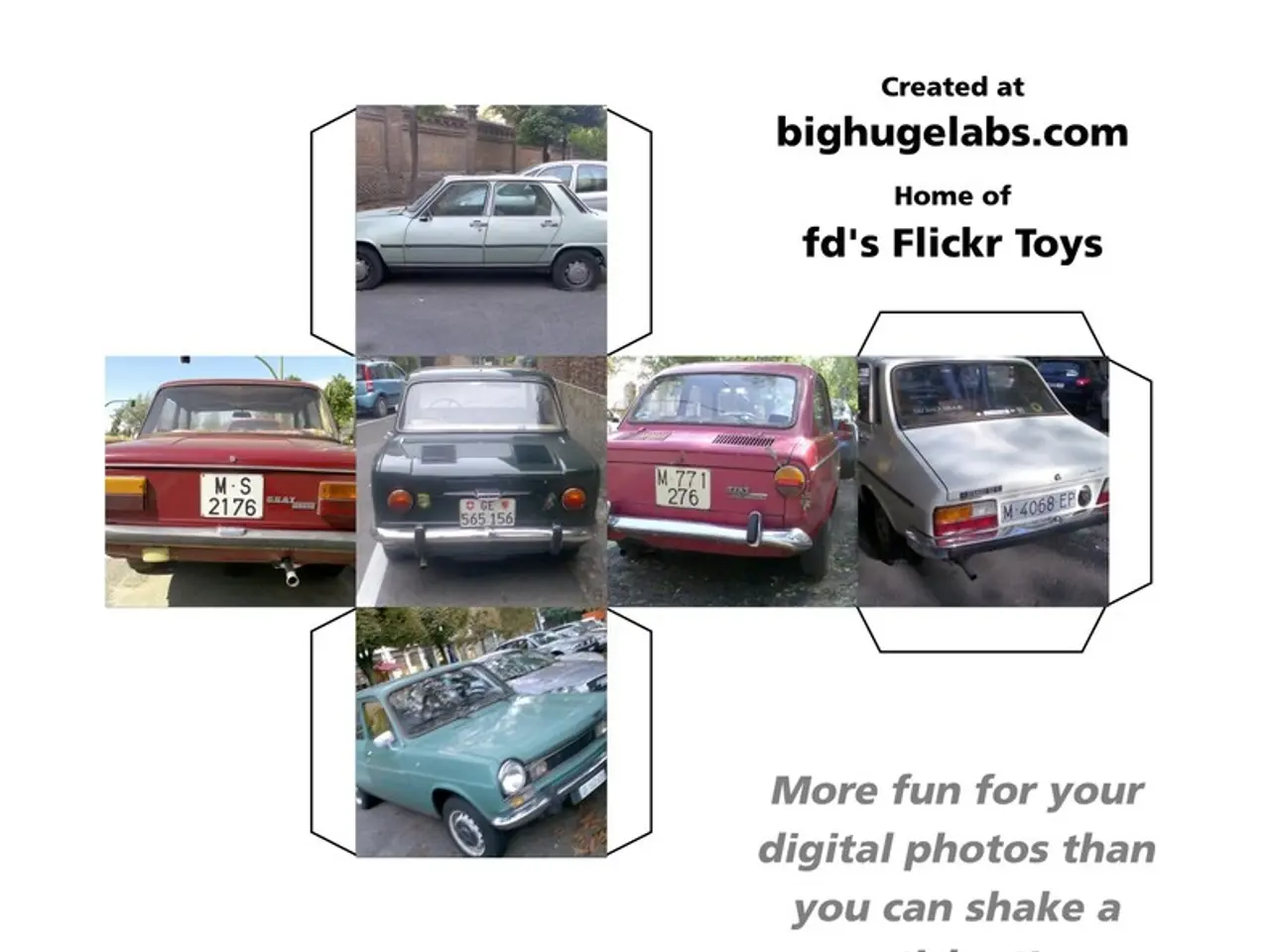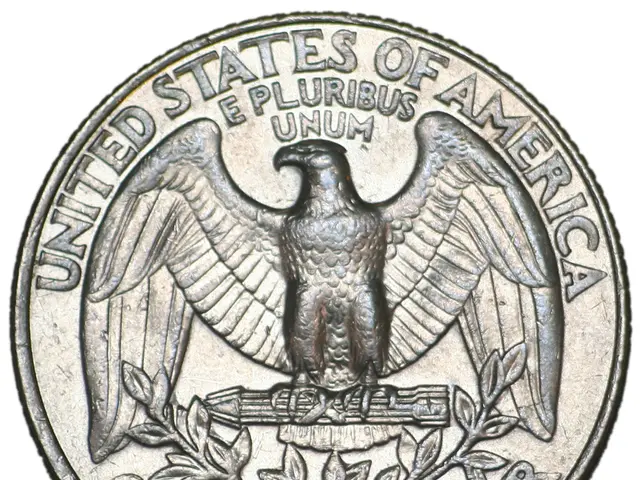Developments in Autonomous Driving: Latest Updates from Waymo and Cruise
In a significant stride towards enhancing road safety, Waymo has partnered with Nexar to reconstruct and analyze hundreds of collisions involving vulnerable road users (VRUs) in six major U.S. cities. This collaboration has resulted in the largest U.S. dataset of its kind, marking a milestone in the field of autonomous vehicle safety.
The partnership aims to address gaps in VRU injury risk modeling, with Waymo and research partner VUFO incorporating German In-Depth Accident Study (GIDAS) data for more comprehensive injury risk modeling. According to Waymo, injury risk varies across VRU types, such as cyclists, motorcyclists, and pedestrians, depending on factors like vehicle trajectory and collision speed.
Waymo's extensive real-world driving data and safety protocols, including advanced simulation testing and community-informed features like Safe Exit, contribute to building VRU confidence around its autonomous technology. The analysis leveraged over 500 million miles of Nexar's driving data to gain unprecedented detail on crash scenarios.
Meanwhile, Cruise LLC, a San Francisco-based autonomous vehicle company, has faced scrutiny from the National Highway Traffic Safety Administration (NHTSA) following a 2023 crash. Cruise has agreed to a deferred prosecution agreement and a $500,000 fine for submitting a false report to the NHTSA regarding the incident. In the Cruise incident, a pedestrian was run over and dragged by the autonomous vehicle due to the detection system's failure, with key details omitted in the NHTSA report.
The agreement requires Cruise to accept responsibility, implement a Safety Compliance Program, cooperate with investigations, and submit annual compliance reports for three years. This resolution considers the company's internal investigation, cooperation with authorities, and operational improvements.
While the specific findings from Waymo's latest study on VRUs in collaboration with Nexar are not yet publicly released, it is clear that the partnership is aimed at advancing road safety by enhancing the precision of VRU injury risk assessments. As Waymo continues to gather and analyze data, we can expect further advancements in the field of autonomous vehicle safety.
[1] Bosch and partners working on solutions to enhance safety for vulnerable road users. (n.d.). Retrieved from [link]
[2] Nexar: Dash cam technology and data analytics for driving and road users. (n.d.). Retrieved from [link]
[3] Waymo in autonomous vehicle rideshare context. (n.d.). Retrieved from [link]
- The collaboration between Waymo and its research partner VUFO, along with data from the German In-Depth Accident Study (GIDAS), aims to improve technology for more comprehensive injury risk modeling in various industries, particularly transportation.
- In a move that shadows the autonomous vehicle industry, Cruise LLC faces scrutiny from the National Highway Traffic Safety Administration (NHTSA) over a false report concerning a pedestrian accident, stressing the need for advancements in finance, technology, and transportation for ensuring road safety.




